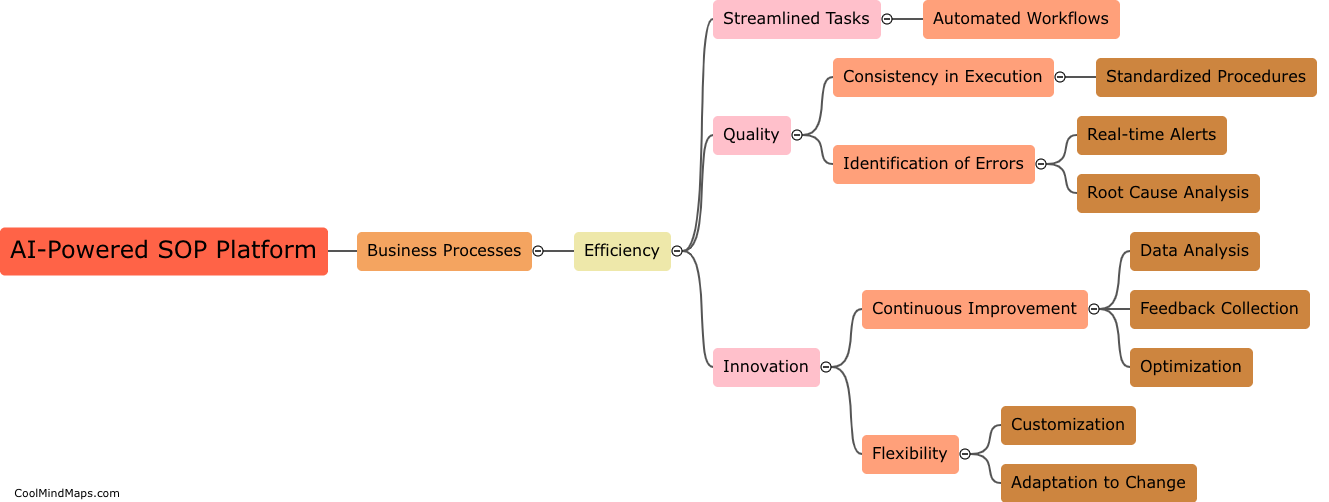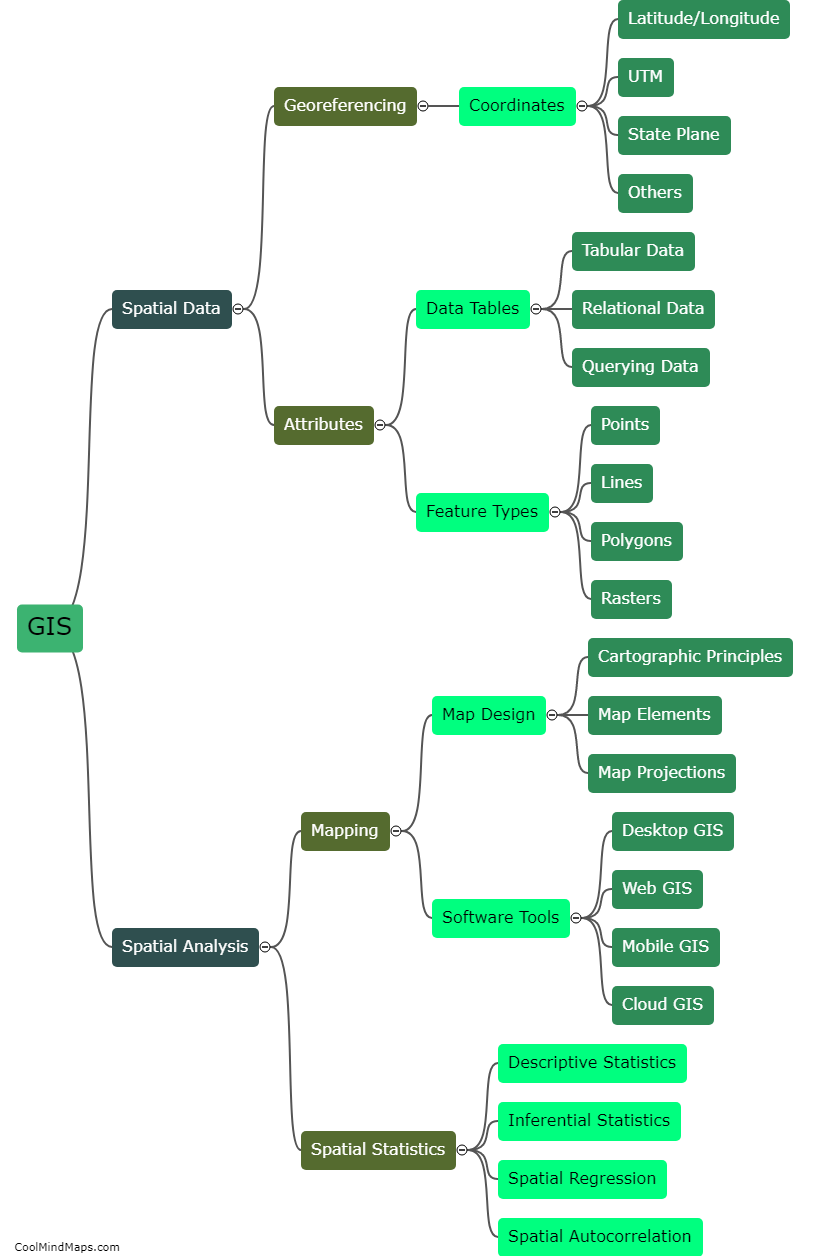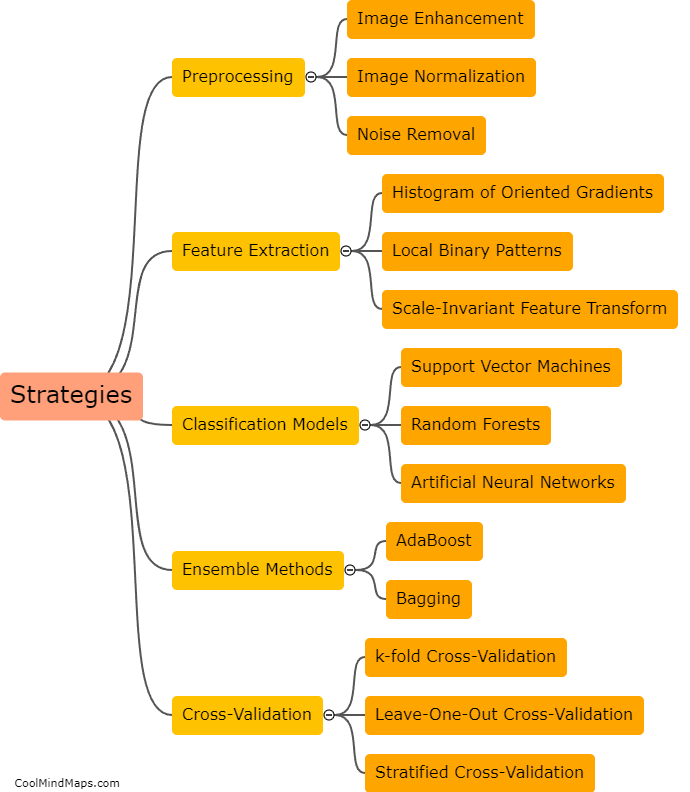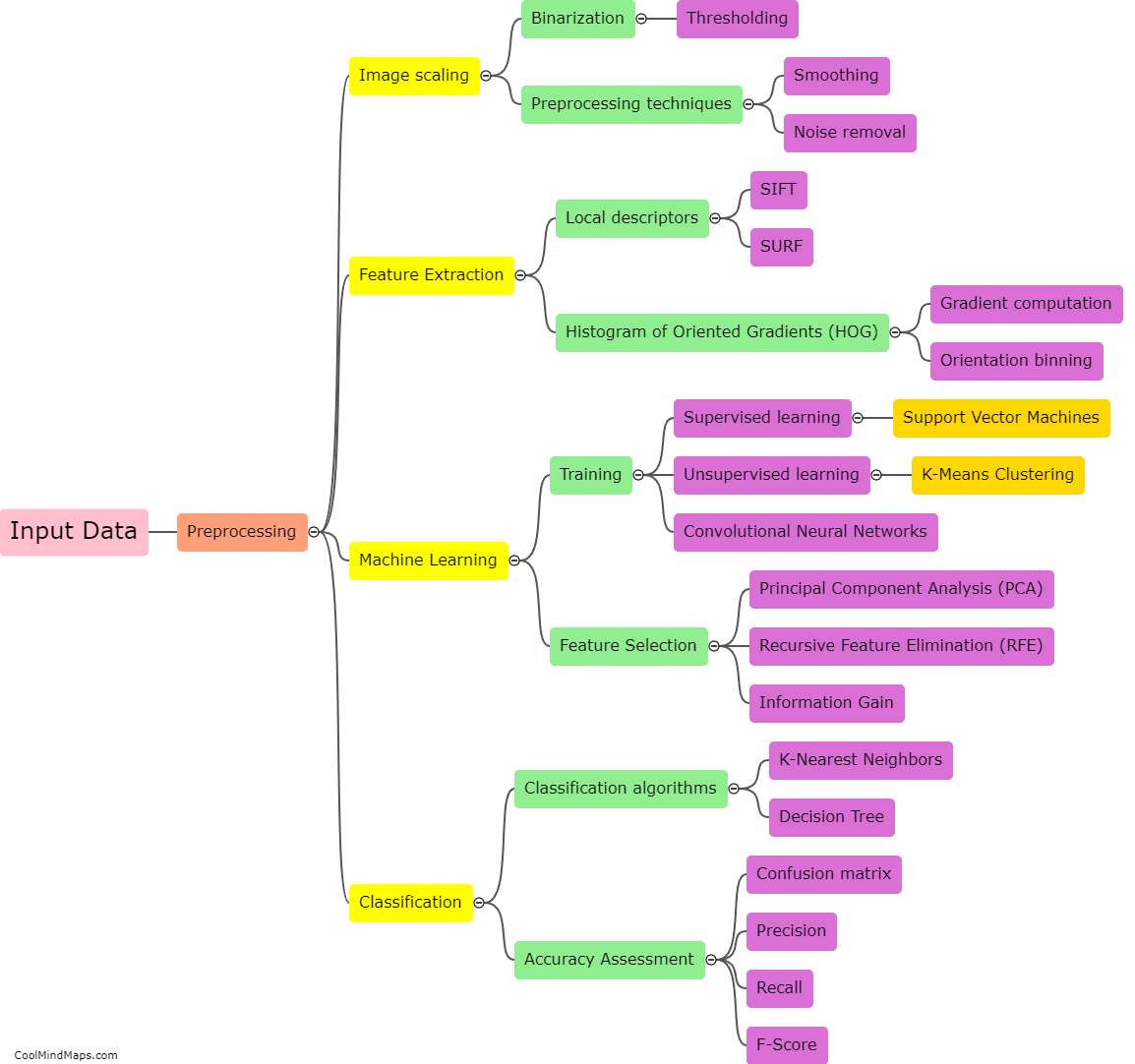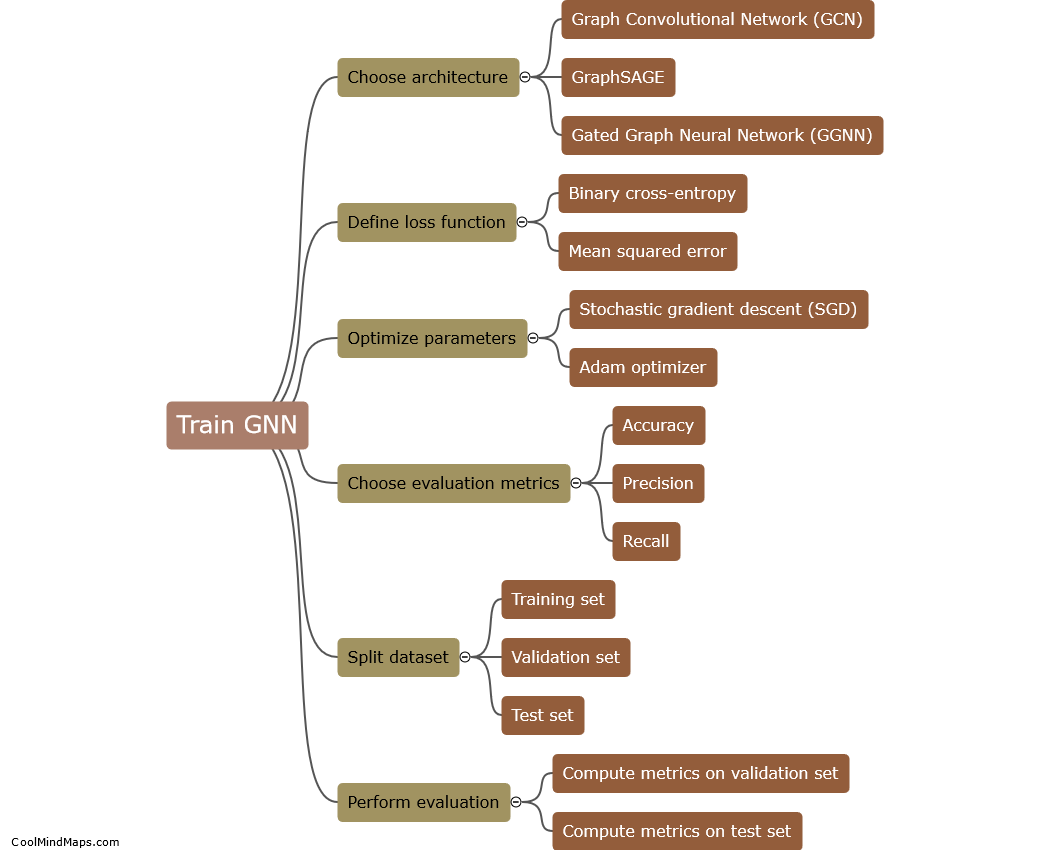What are the advantages and limitations of graph neural networks?
Graph neural networks (GNNs) have gained significant attention due to their ability to effectively model and analyze data with complex relational structures. One major advantage of GNNs is their ability to capture and leverage the dependencies among entities in a graph structure, which allows them to handle diverse types of input data, such as social networks, molecular graphs, or knowledge graphs. GNNs can effectively learn node and edge representations by aggregating information from neighboring nodes, thus enabling information propagation across the entire graph. However, GNNs also suffer from some limitations. GNNs often struggle with scalability when dealing with large-scale graphs, as message passing and aggregation become computational burdens for large graphs. Another limitation is that GNNs can be sensitive to the choice of neighbor aggregation functions and the number of layers, which may lead to difficulties in model selection and generalization. Furthermore, GNNs may struggle with capturing long-range and global dependencies, as they primarily focus on local information during message passing. Overall, while GNNs offer great potential in handling graph-structured data, they still require further research to address their limitations for broader applications.

This mind map was published on 20 August 2023 and has been viewed 105 times.
